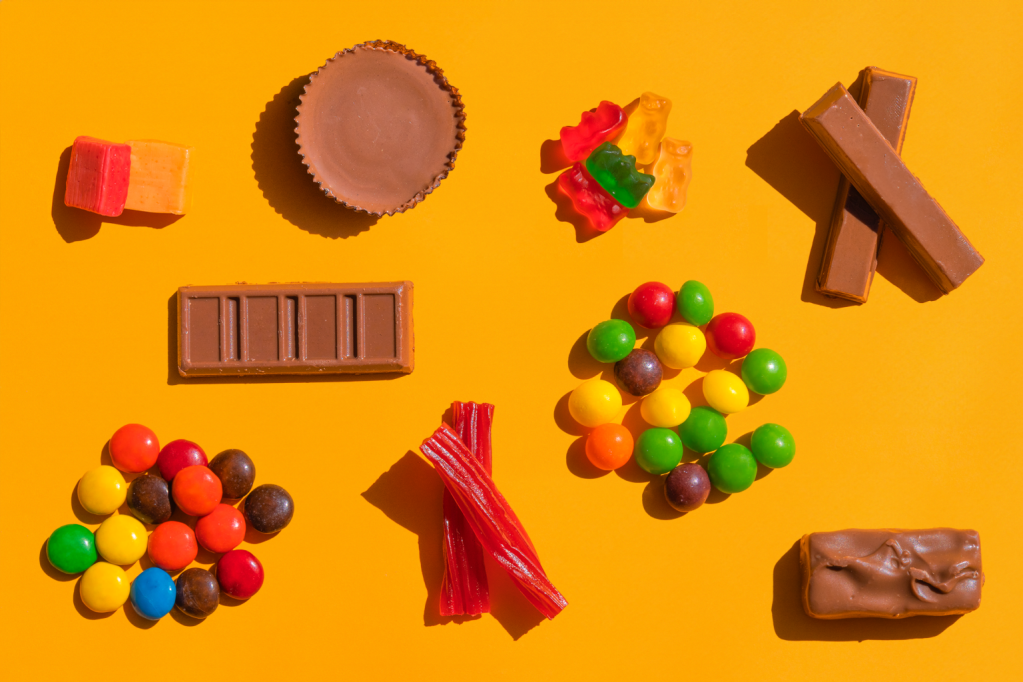Bean Benefits:
- Fiber: beans have more fiber than any other whole food. Each serving of beans provides 7 grams of fiber. Fiber promotes gut health, lowers cholesterol, and helps control blood pressure levels.
- Antioxidants: Beans are also one of the best vegetable sources of antioxidants. Some beans, such as pinto beans, even contain kaempferol – which reduces the risk of chronic diseases.
- Vitamins & Minerals: Beans provide B-Vitamins,Iron, Copper, Calcium, Magnesium, Manganese, Zinc and Phosphorus.
- Nutrients: Beans are rich in protein and complex carbohydrates
How to Incorporate More Beans:
- Add beans to meals you already make. This can include burritos, tacos, soup, grain bowls, and wraps.
- Beans can be pureed into pasta, muffins, and smoothies. They can also be made into dips and sauces.
- Roast chickpeas for a crunchy snack
What About Gas?
People sometimes avoid beans because they are worried about getting gassy. Gas happens when our gut bacteria breaks down the indigestible starches found in beans. Beans feed the good bacteria found in your gut biome. If your body isn’t used to fiber, start low and increase your bean consumption slowly over time to let your stomach adapt.

Are Canned Beans Okay?
Of course! If you don’t have the time or energy to cook your own, canned or frozen beans are a great timesaver. Try to get BPA-free cans.

Preparing Canned Beans:
For canned beans, drain and rinse them until the water runs clear. This helps decrease sodium.

Cooking Dry Beans:
- Pick through the beans to remove any debris.
- Soak for 12-24 hours.
- Rinse until the water runs clear.
- Add epazote, kombu, or a pinch of baking soda to the cooking water.
- Make sure the beans are completely submerged in the water and bring to a boil.
- Reduce to a simmer and cover.
- Cook 45-75 minutes, until tender.
- Beans should never be “al dente”, make sure they are fully cooked.
- Drain, rinse and eat!
Notes: Lentils and split peas do not require soaking. They cook in 15-30 minutes. They are also easier to digest, since they are smaller.
Remember These Numbers:
- 1.5 cups cooked beans= 1 can
- 1 cup dried beans yields 3 cups cooked











